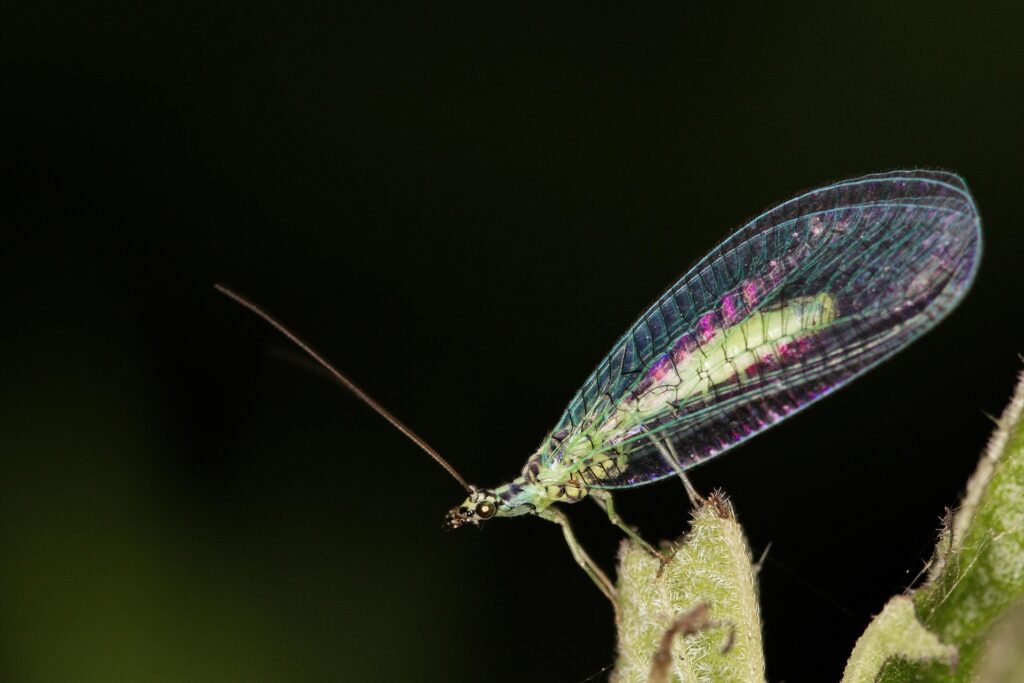You’ve sealed the cracks and cleaned your counters, but still, ants keep coming back. You’re not alone in your frustration. Ants are some of the most persistent pests homeowners face, and they’re notoriously difficult to eliminate. So why do ants keep coming back?
In this article, we’ll explore the key factors behind ants invading your home. You’ll learn why they’re so resilient and what makes traditional methods sometimes fall short. With this knowledge, you’ll feel confident and ready to tackle ant infestations in your house.
3 Reasons Why Ants Keep Coming Back?
Here are the main reasons why ants are so persistent:
1. Colony Dynamics
The first thing to know about ants is that they don’t operate alone. Ants live in colonies that can range in size from a few hundred to several hundred thousand ants. Some ant colonies, like the red imported fire ant, can even reach into the millions of individuals. The queen is the heart of the colony, producing thousands of offspring during her lifetime. As long as the queen is alive, the colony continues to grow, making ant eradication a challenge.
When you see a trail of ants in your kitchen, you’re only seeing a small part of the colony. The workers you spot are sent out to gather food. The real issue lies with the colony hidden in walls, soil, or other protected areas. This colony-centered structure is one of the reasons why surface treatments, like sprays, are often ineffective. Killing a few worker ants doesn’t stop the colony from sending more.
Some species of ants, like Argentine ants and odorous house ants, have multiple queens and satellite colonies. This means that even if one part of the colony is eliminated, other parts continue to thrive and expand. These satellite colonies make it difficult to locate and destroy the entire colony, leading to a resurgence in ant activity even after treatment.
2. Survival Instincts and Adaptability
Ants are hardwired for survival. They can adapt to changing conditions, making them resilient to many pest control efforts. For instance, when food is scarce outside, ants quickly shift their focus to the inside of your home. If a treatment area becomes dangerous for them, they’ll find another way in.
Ants are also excellent at communicating. When one ant finds food or a breach, it leaves a pheromone trail to alert others. Along with using pheromones, ants share information by touching, making sounds, and even passing liquids mouth-to-mouth in a process called trophallaxis, which helps spread important updates throughout the colony.
Ants are opportunistic, meaning they adapt to their environment to find food and shelter. In dry conditions, ants will seek out moisture from your home, whether from a leaky pipe or condensation. In colder weather, they’ll move inside to escape the elements.
These environmental factors make it critical for homeowners to understand their behavior and stay proactive. When the weather outside changes, you might see an increase in ant activity inside your home.
3. Reproductive Power
The reproductive capabilities of ants are another major factor in their persistence. A single queen can lay hundreds of thousands of eggs in her lifetime, and they can live up to 10 times longer than worker ants. Once these eggs hatch, the workers immediately begin searching for food, creating a continuous cycle of ant activity. This reproductive power means that any delay in addressing an infestation can lead to rapid growth in ant numbers.
4 Practical Ant Pest Control Tips
Effective ant pest control requires a strategic approach that addresses both the ants you see and the colony you can’t see. Here’s how you can do it:
1. Seal Entry Points
Ants enter homes through tiny cracks and openings. Seal these entry points with caulk or weather stripping. Pay attention to windows, doors, and any other areas where pipes or wiring enter the home.
2. Keep Food and Water Sources Clean
Food and water are what attract ants. Wipe down counters, sweep floors, and avoid leaving out food. Fix any leaks or standing water that might attract ants. Removing these resources will make your home less appealing to them.
3. Consider Professional Pest Control Services
When dealing with persistent ants, sometimes DIY methods aren’t enough. If you’ve tried baiting and sealing entry points without success, it may be time to call a professional pest control service. Experts can identify the specific type of ant and develop a targeted plan.
4. Get a Long-Term Ant Pest Control Plan
Due to their resilience and colony-based structure, ants are not a one-time problem. Effective ant pest control requires long-term planning. Simply treating the visible ants won’t keep them away for good. Regular monitoring and prevention strategies are key to staying ahead of future infestations.
Stop Ants at the Source With a Targeted Pest Control Plan!
After learning why ants keep coming back, it’s clear that persistence requires more than a quick fix. At Aptive, we focus on understanding the behavior of ants and developing a pest control plan that targets visible ants and hidden colonies. Our pest control services offer a complimentary quote to get you started! Reach out now to protect your home and keep ants from coming back.









